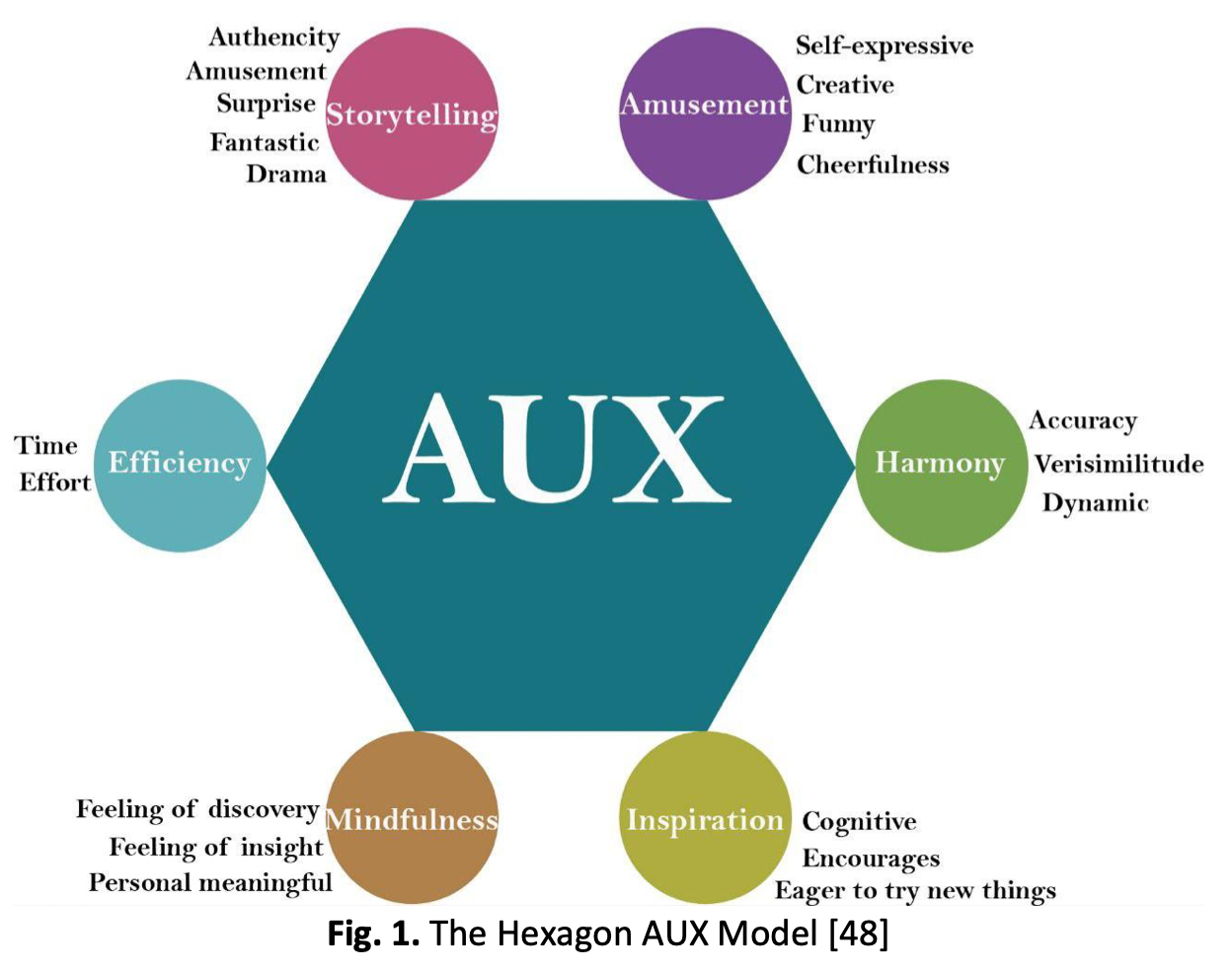Literature Survey: The Potential of Integrating Immersive Experience and Aesthetic Experience in Virtual Reality Historical Event
DOI:
https://doi.org/10.37934/araset.33.3.112123Keywords:
Virtual Reality, historical event, User Immersive Experience, Aesthetic ExperienceAbstract
This study intends to explore the potential of integrating of two major theories that stemmed from two entirely different disciplines, namely the human-computer interaction and the arts. Indeed, there are vast gaps when two different theories, such as technology and art, are to be unified to develop a new element that complements to both disciplines. Empirically, virtual reality as immersive technological innovations are progressively developed and evaluated among various disciplines. Virtual reality technically is customarily to immersive experience as a measurement tool while virtual three-dimensional animated environment in virtual reality is an aesthetic object that requires an aesthetic-friendly method as its measurement tool. The proposition of evaluation is to measure the user immersive experience and aesthetic experience when dealing with an art object that imbues with digital technology. Therefore, an integrative multidimensional evaluation is required to evaluate virtual reality environment. This study uses scientific literature survey which research papers are retrieved from Google Scholar, ScienceDirect, and Scopus. Thus, this paper reports on the potentials of integrating the immersive experience and aesthetic experience theories to evaluate a virtual reality historical event. It explains the concept of immersive experience and aesthetic experience in immersive virtual reality applications in general and museum digital preservation practices in particular. Then focuses on the concept idea of how to integrate immersive experience and aesthetic experience in virtual reality historical event application by discovering the construct and element from both theories. Thus, the finding unveils the possibilities of integration immersive experience and aesthetic experience in terms of integrating the construct and elements, contributing to contemplate new possibilities and discoveries in both fields and become catalysts for future research. This initial concept idea could become fundamental conceptual design reference of developing virtual reality system in museum context used by designers, developers and museum professionals. In the conclusion, this study concluded that there is a significant and lucrative potential to integrate both theory in developing immersive virtual reality systems. Hence recommend to a new integrative framework development that is applicable to immersive product development.
Downloads





























